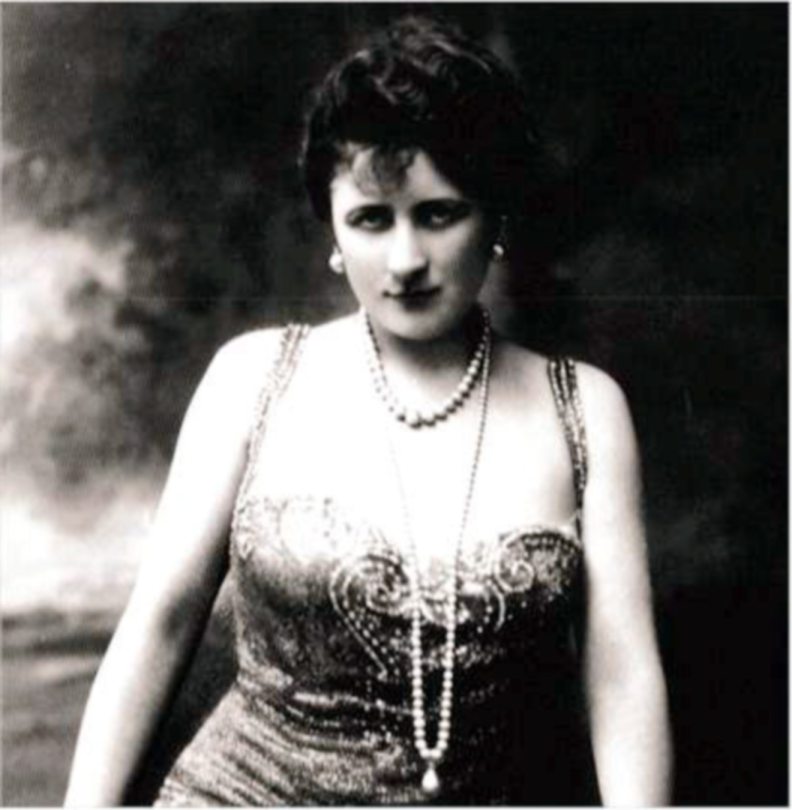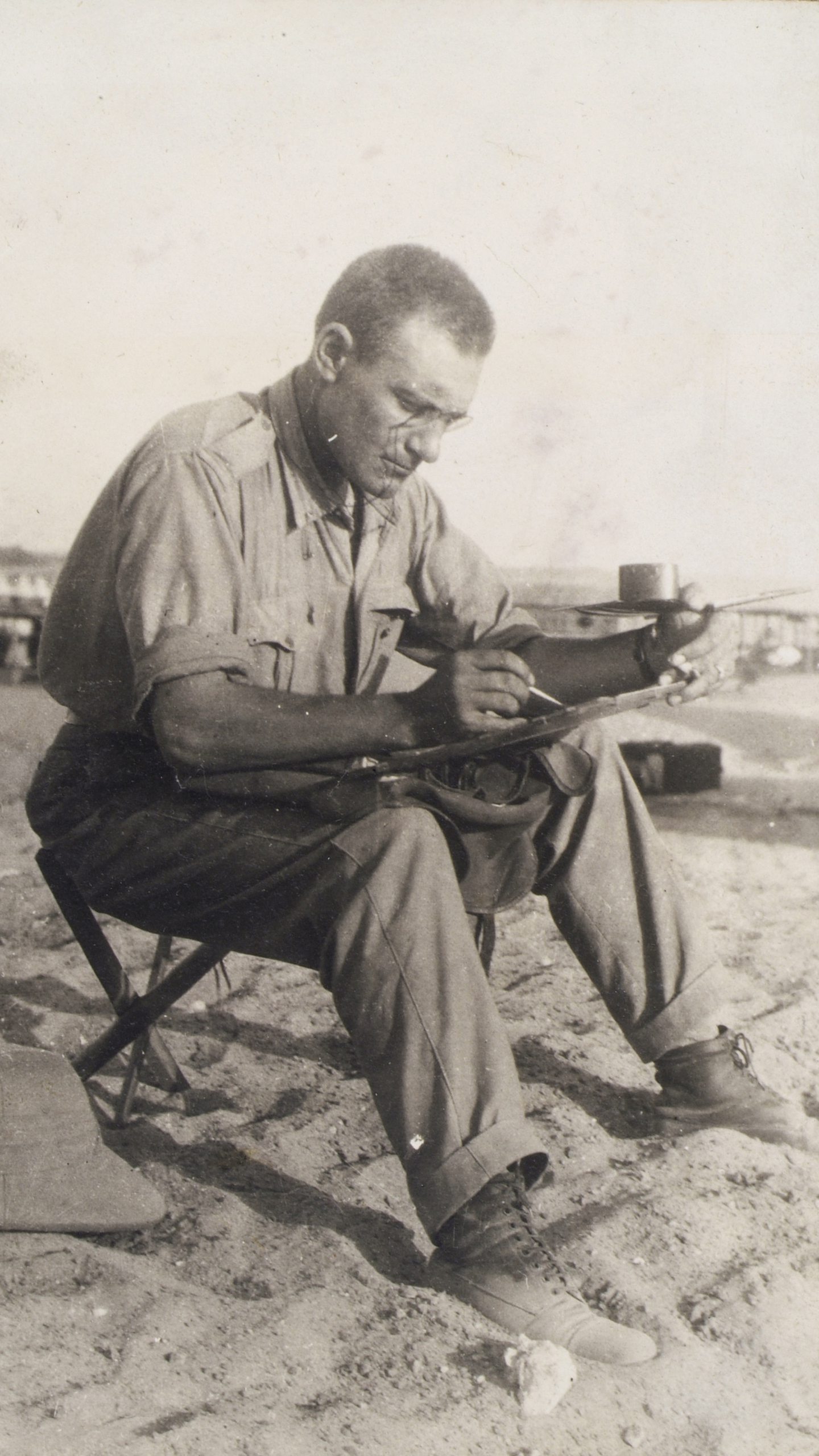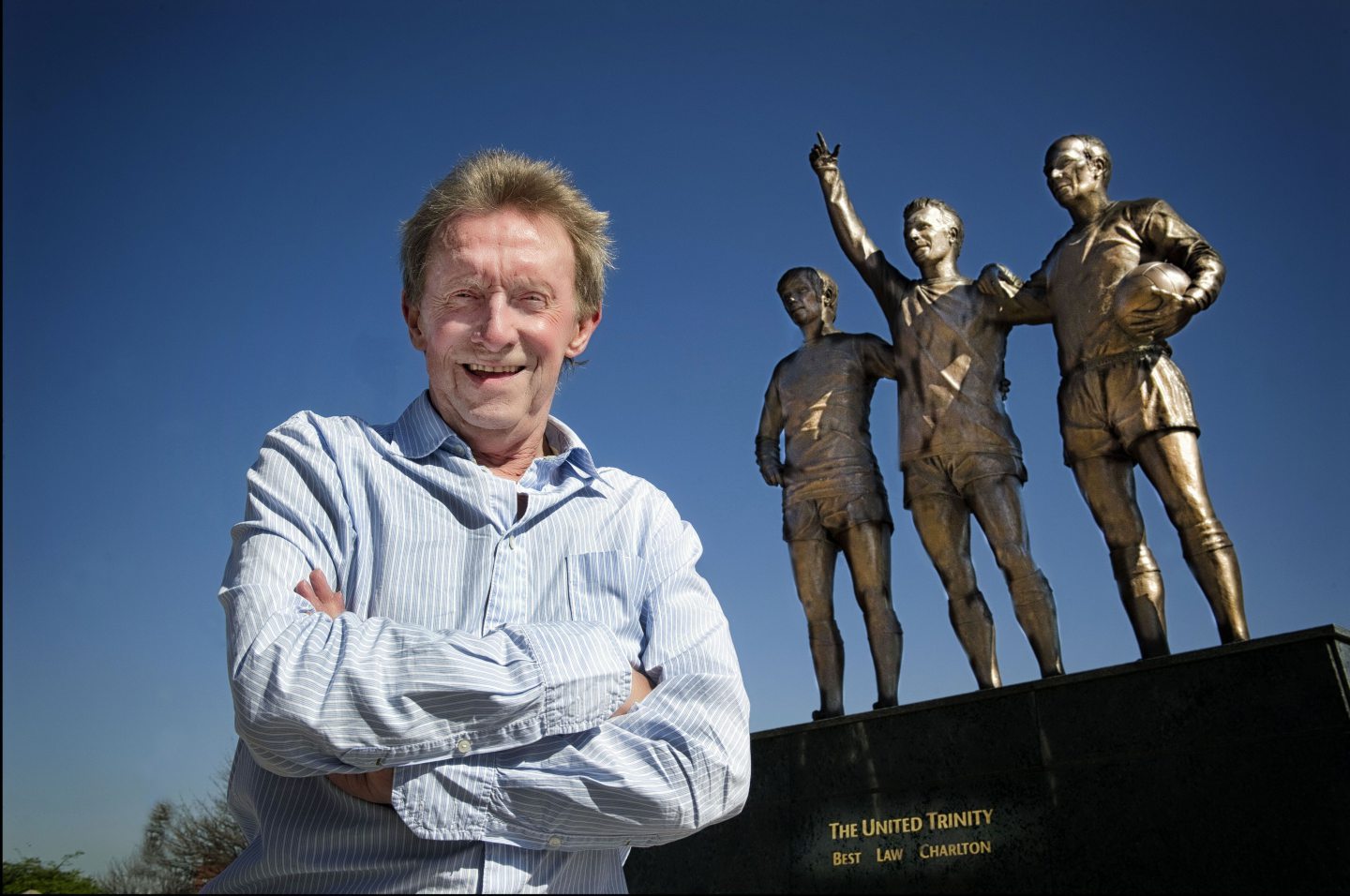Protect the arts and sporting worlds that nurture children
It would be a direct attack on young people’s development if governments reduced or eliminated investment in the arts and sports, writes Len Ironside.
Was great fun to see the Spectra festival in Aberdeen which illuminated Marischal College, Broad Street, the Art Gallery and Union Terrace Gardens.
So many people flock to the city, enjoying the atmosphere and taking photos. That’s the sort of thing Aberdeen excels at.
Spectra was followed by the Granite Noir crime festival, which hosted workshops, talks and exhibitions featuring some of the most prolific writers of the day.
Festivals like these really bring Aberdeen to life and give the city a certain flair. They bring visitors and they spend their money here.
We can now look forward to the Nuart Festival later this year. These events are all at very different ends of the scale, but the feel-good factor is constant.
I often feel that the arts, the performing arts and to a lesser extent sport, do not get nearly enough attention in the education of our youth.
There is a lot of encouragement when it comes to getting a place at college that offers law, accounting, teaching, medicine, etc. Or alternatively learn a trade that can be very helpful after school.
But art and performance are a source of great learning; young people can develop a sense of self-control and ultimately bring great joy to millions of people. That also applies to sports.
An athlete and an opera singer
There has always been an abundance of talent in the North and Northeast. One of the first sporting superstars was Donald Dinnie, who was born in Balnacraig near Aboyne in 1837 and became internationally famous for his all-round sporting skills based on the Highland Games.
He is best known for carrying two massive stones across the Bridge of Potarch – a combined weight of 785 pounds. The feat has never been achieved. He traveled the world doing strongman shows. Sadly, he died poor in London at the age of 73. A fascinating story to learn about.
At the other end of the spectrum, the opera singer Mary Garden, born in Aberdeen in 1874, studied both violin and piano. But it was in acting and opera that she achieved international fame. When she was seven, her parents emigrated to the United States.
She became internationally famous when she stood in for the sick regular soprano in 1900. Her career took off and she never looked back. Her operatic excellence sold major houses in France and the United States.
Mary died at Inverurie aged 92 and is buried in St Nicholas Churchyard, Aberdeen. Mary never forgot her country of birth.
An artist and a writer
James McBey, born in Foveran in 1883, was also internationally known. He attended evening classes at Gray’s School of Art and taught himself the art of etching. His etchings, paintings and scenes from the Northeast were and are recognized worldwide.
Despite poor eyesight, he took part in World War I and later painted a famous picture of Lawrence of Arabia – something much appreciated by Lawrence’s family.
McBey traveled the world practicing his art. In 1959 he sadly died in Tangier, a place that was very dear to him.
The writings of Lewis Grassic Gibbon (the pseudonym for James Leslie Mitchell), who introduced Mearns culture to the world through his books, are still widely read and studied as classics. Gibbon died of a perforated stomach ulcer in 1935. Although he died in London, his remains were buried in Arbuthnott.
These historic figures of international renown have been exhibited at the Aberdeen Art Gallery and anyone who visits Provost Skene’s home in Marischal Square will be fascinated to learn of the incredible talent that has emerged from Aberdeen and the North East.
Today, yesterday’s local children are stars in their field
We must never underestimate the value of arts and sports. These worlds offer discipline to their participants, allow them to explore their emotions and inspire confidence, especially in young people.
We all enjoy hearing music or a beautiful voice, reading a good book, watching an inspirational film or stage production – all things that can be attributed to youth’s talent and endeavors in the arts and sports.
Today, local kids of yesteryear are stars in their fields, like British Open winner Paul Lawrie, international footballer Denis Law, Grammy, Golden Globe and Oscar winner Annie Lennox and virtuoso percussionist Evelyn Glennie; they all carry on the legacy.
We urgently need to encourage our young people to engage in the arts, performance and sport and to benefit from all the enrichments to their lives and ours that they offer.
It would indeed be utter madness, a direct attack on young people’s development, for governments or local authorities to reduce or end investment in these areas. Fields of talent and success that will undoubtedly benefit our young people and ultimately our communities must be protected and nurtured, not destroyed.
Len Ironside CBE is a former champion wrestler who served as a councilor at Aberdeen for 35 years, including four years as councillor
Already a subscriber? register
[Protect the arts and sporting worlds that nurture children]
[[text]]



